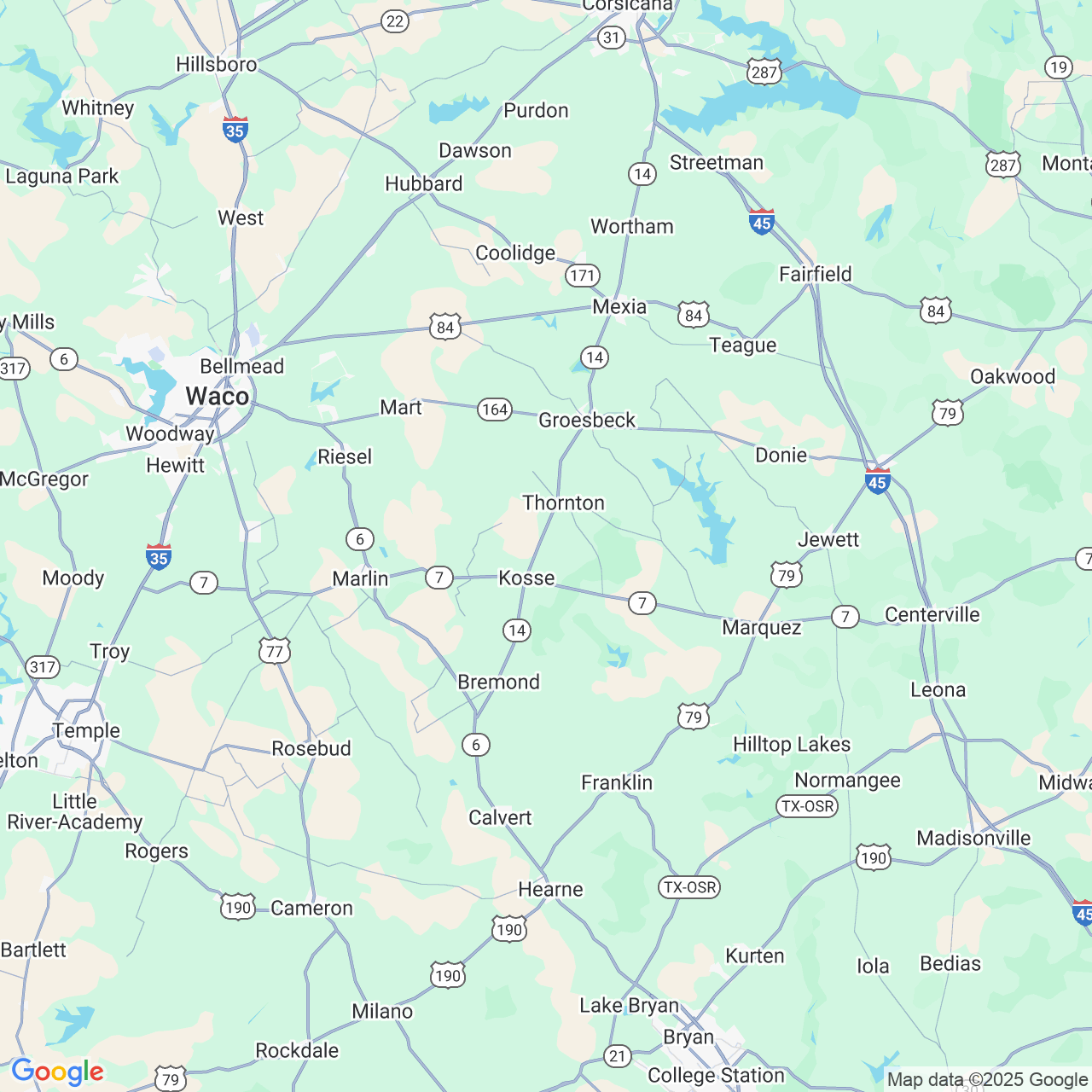Getting to the Heart of Looking Older than You Are
 We see quite a few men and women who are concerned that their hair loss makes them appear much older than they are. It can hurt their confidence, but it might also be a warning sign of poor cardiovascular health.
We see quite a few men and women who are concerned that their hair loss makes them appear much older than they are. It can hurt their confidence, but it might also be a warning sign of poor cardiovascular health.
Researchers have reported that visible signs of aging – including hair loss – predicted heart attack and heart disease risk independent of traditional risk factors such as family history. In a study presented last week at the American Heart Association's Scientific Sessions in Los Angeles by biochemist Dr. Anne Tybjaerg-Hansen of the University of Denmark, the researchers identified several specific signs of aging, including receding hairline at the temples and crown balding, and then connected the dots between those who displayed those signs of aging with those who developed heart disease or suffered heart attacks.
What they found is that physiologic or biological age can be distinguished from chronological age. Regardless of how old a person truly is, if he or she appears older, it can point to the possibility of issues with heart health.
Study subjects who displayed at least three of the four signs of aging (in addition to receding hair line and loss of hair on the crown, the signs included a crease in the earlobe, and fatty deposits on the eyelids known as xanthelasmata) are at significantly higher risk. These subjects had a 57 percent higher risk of heart attack and a 39 percent higher risk for heart disease.
The theory is that looking old for your age is a sign of poor cardiovascular health and this latest study confirms past research from Harvard Medical School that found that baldness on the crown of the head could indicate heart problems.
Harvard researchers reported in the Archives of Internal Medicine that men with balding at the crown of the head were 36 percent more likely to suffer heart disease.
Additionally, past research out of the University of California suggested that high testosterone, which is associated with baldness, might also be linked to heart problems. They found that the higher a man's level of natural testosterone, the higher his risk of heart problems.
Researchers have also suggested that a lack of blood supply to the hair follicles, which can cause them to die off, may be related to poor blood circulation.
Dr. Tybjaerg-Hansen and her team used data from the Copenhagen Heart Study, researchers analyzed 10,885 men and women 40 and older for visible signs of aging and, over 35 years of follow-up, heart disease. By the end of the follow-up period, 3,401 participants had developed heart disease and 1,708 had suffered a heart attack.
According to the study, fatty deposits around the eyelid, called xanthelasma, were the strongest individual predictor of heart attack and heart disease. They look like yellow bumps on the skin and may indicate high levels of fat in the blood.
Interestingly, the researchers also looked into whether gray hair or face wrinkles were linked to heart health and they found no correlation.
Dr. Tybjaerg-Hansen is encouraging all physicians to check these visible aging signs as a routine part of every person’s physical examination.
Here’s the entire news release from the American Heart Association:
Telltale visible signs of aging may predict heart disease LOS ANGELES, Nov. 6, 2012— If you look old, your heart may feel old, according to research presented at the American Heart Association’s Scientific Sessions 2012. In a new study, those who had three to four aging signs — receding hairline at the temples, baldness at the head’s crown, earlobe crease, or yellow fatty deposits around the eyelid (xanthelasmata) — had a 57 percent increased risk for heart attack and a 39 percent increased risk for heart disease. “The visible signs of aging reflect physiologic or biological age, not chronological age, and are independent of chronological age,” said Anne Tybjaerg-Hansen, M.D., the study’s senior author and professor of clinical biochemistry at the University of Copenhagen in Denmark. Researchers analyzed 10,885 participants 40 years and older (45 percent women) in the Copenhagen Heart Study. Of these, 7,537 had frontoparietal baldness (receding hairline at the temples), 3,938 had crown top baldness, 3,405 had earlobe crease, and 678 had fatty deposits around the eye. In 35 years of follow-up, 3,401 participants developed heart disease and 1,708 had a heart attack. Individually and combined, these signs predicted heart attack and heart disease independent of traditional risk factors. Fatty deposits around the eye were the strongest individual predictor of both heart attack and heart disease. Heart attack and heart disease risk increased with each additional sign of aging in all age groups and among men and women. The highest risk was for those in their 70s and those with multiple signs of aging. In the study, nurses and laboratory technicians noted the quantity of gray hair, prominence of wrinkles, the type and extent of baldness, the presence of earlobe crease and eyelid deposits. “Checking these visible aging signs should be a routine part of every doctor’s physical examination,” Tybjaerg-Hansen said. Co-authors are Mette Christoffersen, Ph.D. candidate; Ruth Frikke-Schmidt, M.D.; Peter Schnohr, M.D.; Gorm Jensen, M.D.; and Borge Nordestgaard, M.D. Funding information and author disclosures are on the abstract.
Image credit: Q. Thomas Bowerman.



